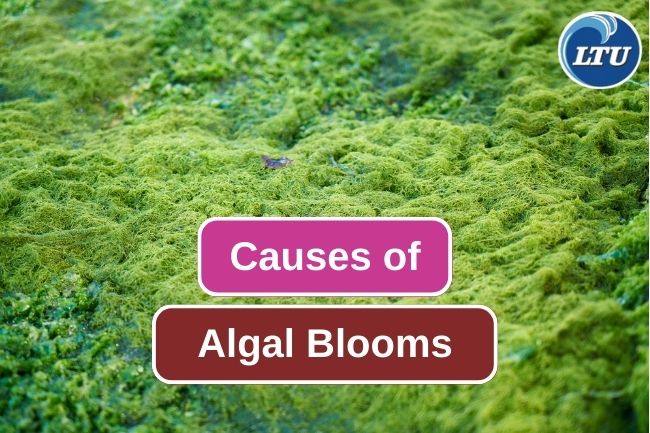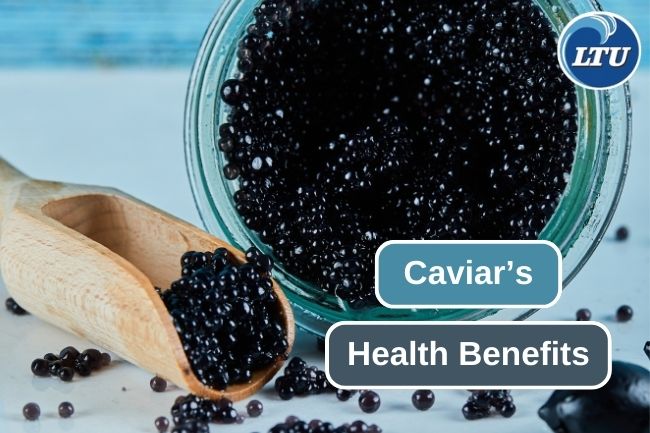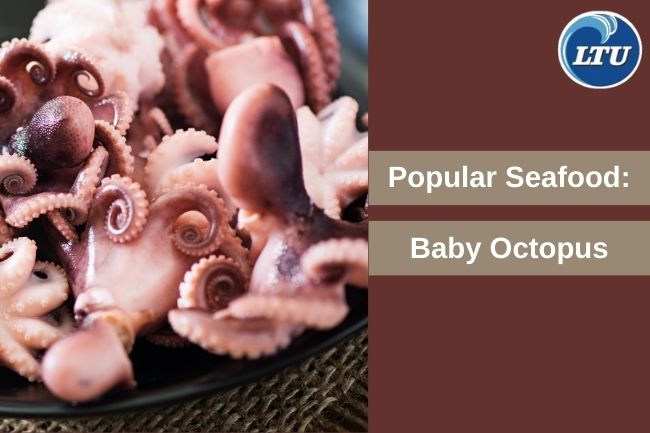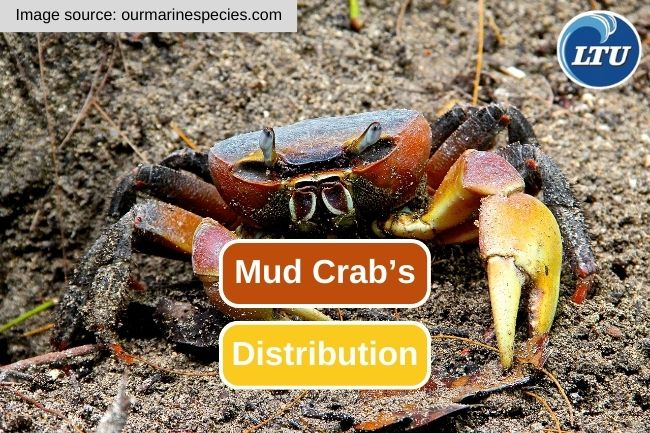What Is Algal Blooming And How It Can Happen
By. Nevanda - 06 Jun 2023
lauttimur.com - Algal blooming, also known as Harmful Algal Blooms (HABs), refers to the rapid and excessive growth of algae in aquatic environments such as lakes, ponds, rivers, and coastal areas. These blooms can be harmful to the ecosystem and have negative effects on human health, animals, and the environment.
Algae are microscopic plant-like organisms that naturally occur in bodies of water. They play a vital role in the ecosystem by producing oxygen, serving as a food source for aquatic organisms, and contributing to nutrient cycling. However, under certain conditions, such as an abundance of nutrients and favorable environmental factors, algae can grow and reproduce at an accelerated rate, leading to algal blooms.
The primary factors that contribute to algal blooming include:
1. Nutrient Availability
Algae thrive in waters rich in nutrients, particularly nitrogen and phosphorus. These nutrients can come from various sources such as agricultural runoff, wastewater discharges, and stormwater runoff. Excessive nutrient concentrations, often caused by human activities, create favorable conditions for algal growth.
2. Sunlight and Temperature
Algae require sunlight for photosynthesis, so adequate light penetration is essential for their growth. Warm temperatures enhance algal growth rates, especially in combination with nutrient availability.
3. Water Stratification
In some cases, bodies of water can stratify into distinct layers due to differences in temperature and density. This can lead to limited mixing between the layers, resulting in nutrient-rich bottom waters becoming isolated from the surface. This isolation can promote algal growth in the nutrient-rich layer.
When these conditions align, algae can rapidly multiply, leading to dense concentrations or "blooms" on the water's surface. The blooms can take various forms, including green, red, or brown discoloration of the water. Some algal species produce toxins, known as harmful algal toxins (HATs), which can pose risks to human and animal health if ingested or through direct contact.
Read also: 5 Ways Of Shark Cartilage Utilization








